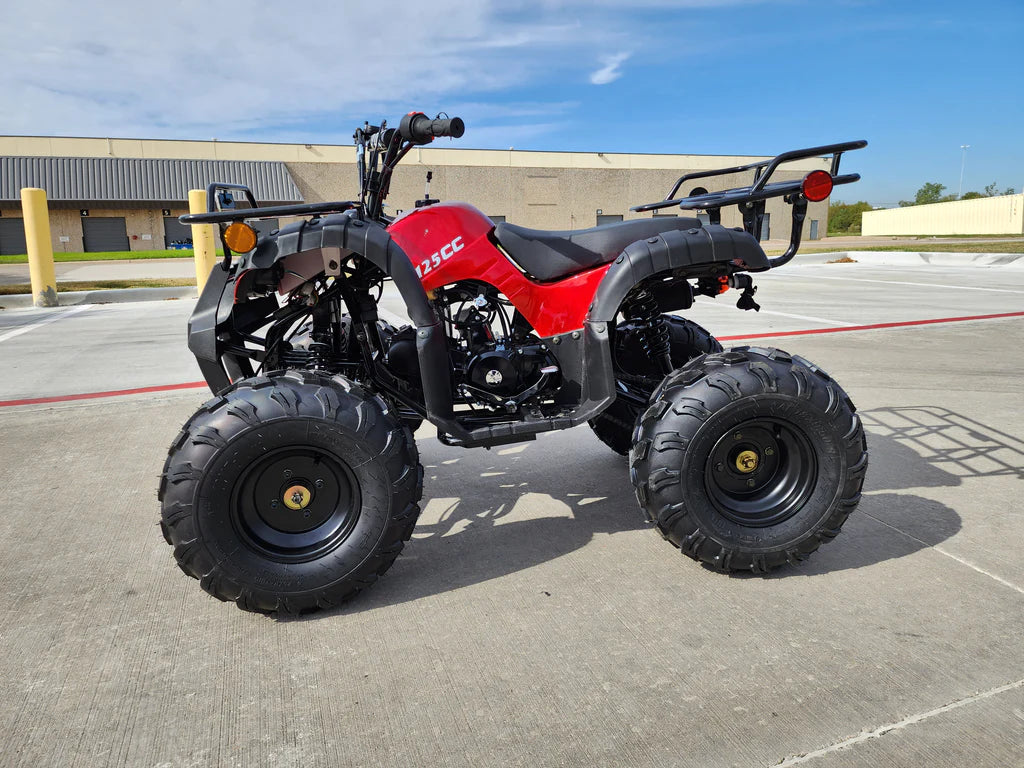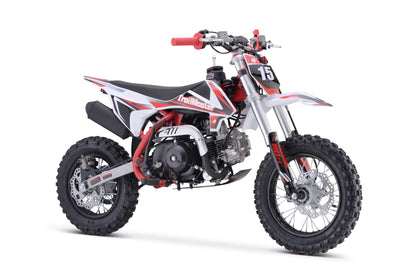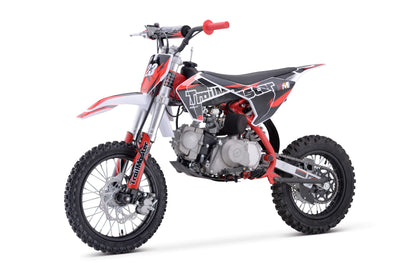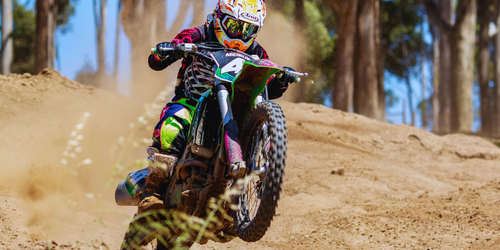
Mastering the Art of ATV Riding: Essential Techniques and Tips for Beginners
- on May 04, 2023
- Categories: Articles
ATV riding is a great new hobby to break into. However, off-roading on an ATV has some inherent risks that new riders must be aware of. You need to understand the basics of how to operate the ATV well to get the most out of your experience. Here's what beginners need to keep in mind to get started.
4 Vital Basics of ATV Riding
An ATV gives you new freedom to explore your favorite natural areas at thrilling speeds. Riding is pretty simple, but for beginners, it pays to prepare before your first run. You don't want to be that person who has no idea what you're doing when you pull up at the dunes or hit the trail.
1. Get Familiar With Your Machine
If you're enjoying a brand-new ATV, getting down to the basics helps set you up for success. Read through the owner's manual before hitting the road. Familiarize yourself with the clutch and practice shifting smoothly. Make sure you know exactly where the brakes are and how they operate. Go very easy on the throttle until you know exactly how much of a punch to expect from it.
Whether you're used to similar activities, such as dirt biking, or have only driven a car, remember that ATV riding is a unique experience. While knowledge of other vehicles is helpful, you'll still need to slow down on your first run with your new machine.
2. Understand Essential Riding Techniques
ATVing requires your awareness of how you position your body on the machine. If you hit a hard curve, leaning to the opposite side helps you balance. Keep in mind that tipping is possible if you take a corner too hard or get overambitious with tricks such as wheelies before you know what you're doing. As with any new hobby, you should work your way up to the more difficult techniques like tricks and high speeds on intense terrain.
Keeping your body relaxed helps avoid injury when you drive over bumpy terrain. Prevent your elbows from locking on the handlebars. Pay attention to where you put your feet and consider using heel guards and nerf bars to avoid getting caught in your ATV's moving parts. Understand when to sit down and when to hold yourself above the seat to handle your machine with more finesse.
3. Wear the Right Gear
It's something you'll hear over and over again: Wear your helmet! While some people initially find helmets to be annoying, wearing one can save your life if you roll or tip your machine. They also protect you from impacts with low-hanging branches in overgrown areas. Finally, a proper ATV helmet and goggles shield your eyes from dust and debris. If you're riding around other people or in a dry, dusty area, this gear is not optional. To find the right helmet, look for something DOT-certified and make sure it fits you well.
In addition to a helmet, good ATV riding clothes are a worthwhile investment. The following items help keep you safe and comfortable while you ride:
- Footwear: Close-toe shoes are essential. Look for boots that go above the ankle or specialized ATV boots.
- Gloves: These should allow you to keep a good grip on the handlebars while cutting down on vibrations. They also defend your hands against flying rocks, sticks, or other debris.
- Shirt and pants: You can buy specialized protective jackets and pants. At the very least make sure you have long sleeves to defend against injury as well as prevent sunburn and irritation from dirt and dust.
4. Practice Good Etiquette
Etiquette is not just for the dinner table. There is a clear distinction between what is and isn't polite when riding on an ATV. The rules are pretty basic and boil down to keeping yourself and others safe. Just like on the road, drive on the right side of trails. Stick to areas designated for ATV use and make sure you and your machine are visible by using a flag and wearing brightly colored gear.
Don't speed through areas where people are camping, walking, or spending time. Not only does it increase your chances of hitting a person, pet or obstacle, but it also kicks up a lot of dust that can irritate others trying to enjoy the outdoors.
Other Considerations for Mastering ATV Riding
While the basics of operating an ATV may be simple, the transition from beginner to expert takes effort. Practice and time separate a rider who really knows what they're doing from someone jumping the gun and behaving recklessly in an attempt to take on difficult terrain or stunts.
Improving Your Skills
To improve your ATV riding ability, you can drill specific tasks such as hills, turns or anything you're hoping to master. Set specific goals for what you work on improving during each outing. If a particular type of terrain or maneuver has created challenges for you in the past, emphasize overcoming it through practice.
Become a versatile rider by practicing taking your machine in varied terrain. Your ATV should handle sand, mud, and even snow. Just choose the right tires for the tasks at hand and be aware of the unique challenges presented in each situation. Consider scouting out the trail ahead of time so you know what to expect when tackling it at high speeds.
Packing Additional Gear
Become a hero on the outing by packing additional gear you and your friends might need. Some things to consider include the following:
- First-aid items such as band-aids and gauze
- Basic ATV repairs items such as duct tape and an air pump
- Extra gas
- A change of clothes
- Food and water









